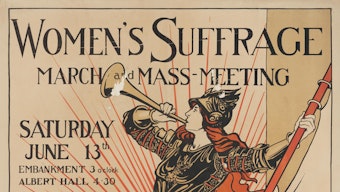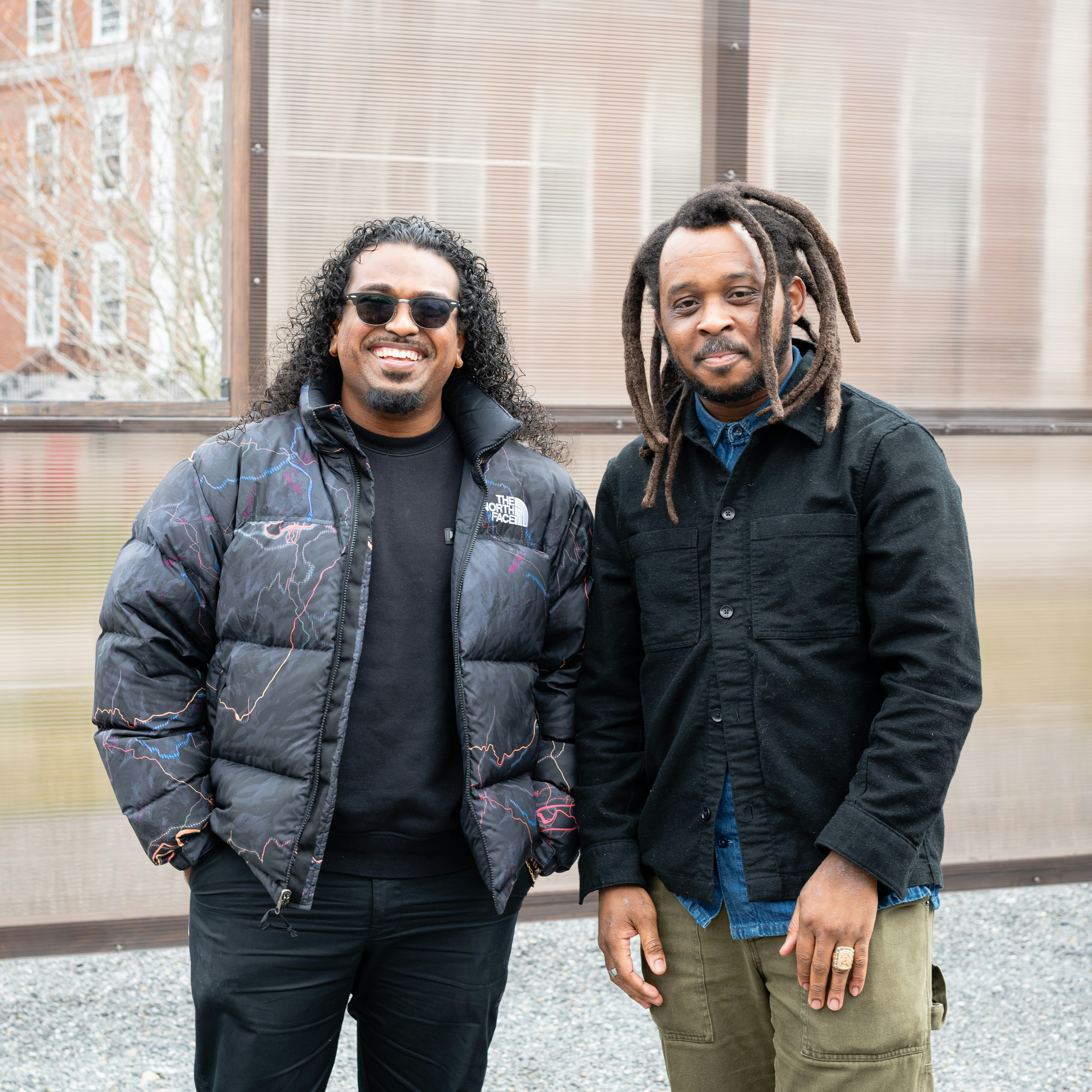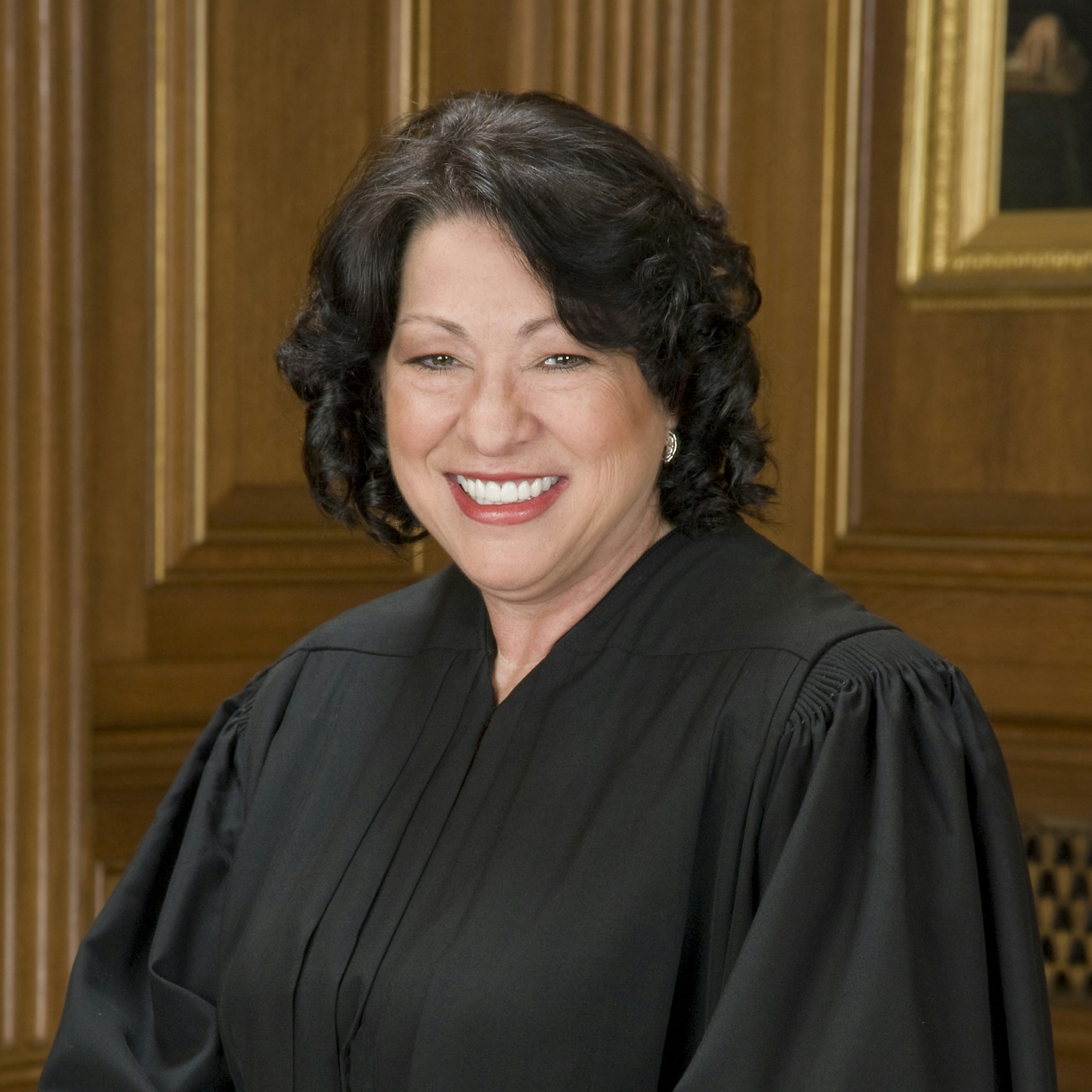Radcliffe Day 2015
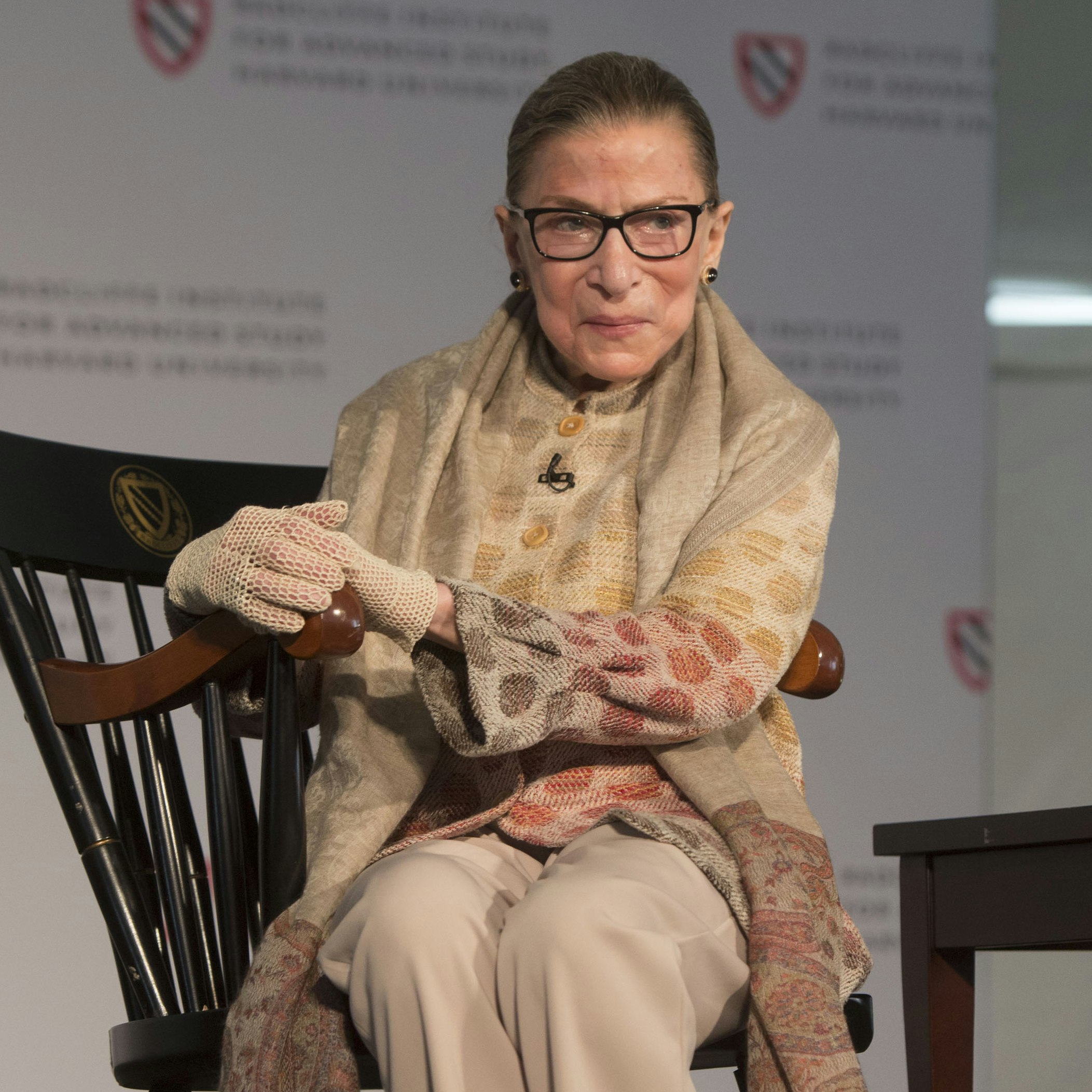
The Radcliffe Medal is presented annually to an individual who has had a transformative impact on society.
Ruth Bader Ginsburg, an associate justice of the Supreme Court of the United States, will receive the award on May 29, 2015, at Radcliffe Day, an annual celebration of Radcliffe’s past, present, and future.
The Radcliffe Day lunch in Radcliffe Yard will feature remarks from the retired associate justice David H. Souter '61, LLB '66, and Kathleen M. Sullivan JD ’81 will engage Ginsburg in an expansive conversation that will explore her work as an advocate and a jurist to advance equality and justice. Sullivan, a former professor of law at Harvard and Stanford and a former dean of Stanford Law School, is a partner in Quinn Emanuel Urquhart & Sullivan, LLP.
Join the conversation on Twitter: www.twitter.com/RadInstitute
#radday15
Program
The day begins with a morning panel, “A Decade of Decisions and Dissents: The Roberts Court, from 2005 to Today,” moderated by Margaret H. Marshall EdM ’69, the former chief justice of the Supreme Judicial Court of Massachusetts and a senior research fellow and lecturer on law at Harvard Law School. She will engage the following accomplished panelists in a comprehensive discussion:
- Linda Greenhouse ’68, Knight Distinguished Journalist-in-Residence and Joseph Goldstein Lecturer in Law, Yale Law School, and former Supreme Court correspondent, the New York Times
- Michael Klarman, Kirkland & Ellis Professor, Harvard Law School
- Lauren Sudeall Lucas JD ’05, assistant professor of law, Georgia State University College of Law
- John F. Manning ’82, JD ’85, Bruce Bromley Professor of Law, Harvard Law School
Radcliffe Day is open to the public and draws a crowd of hundreds with strong representation from Radcliffe College, the Radcliffe Institute, and Harvard alumnae/i, as well as University leaders. Everyone is welcome. It is an opportunity to honor the legacy of Radcliffe College and to celebrate the Radcliffe Institute’s dedication to generating and sharing ideas.
View case summaries for background on the legal issues that will be discussed as we explore the first 10 years of the Roberts Court.
We hope these case summaries will provide helpful background for the legal issues discussed as we explore the first 10 years of the Roberts Court.
The Roberts Court and Congress
National Federation of Independent Business v. Sebelius (2012)
In National Federation of Independent Business v. Sebelius, 132 S. Ct. 2566 (2012), the Roberts Court upheld the so-called “individual mandate” in the Affordable Care Act (ACA). The individual mandate required Americans either to maintain a minimum level of health insurance or to pay a fee or penalty to the IRS. The individual mandate worked in tandem with another key element of the ACA. Because the ACA required insurers to cover individuals with preexisting conditions, healthy individuals could (if left to their own devices) defer buying insurance until they got ill. The individual mandate addressed this potential free-rider problem in the interstate insurance market. The question before the Court was whether Congress had the constitutional authority to compel individuals to purchase insurance.
The Court split into two 5–4 majorities, with Chief Justice Roberts supplying the deciding vote for each. In an opinion joined by Justices Ginsburg, Breyer, Sotomayor, and Kagan, Chief Justice Roberts sustained the individual mandate as a proper exercise of Congress’s taxing power. The other 5–4 majority, however, better captures the Court’s approach to issues around federalism and separation of powers. In a solo opinion by Chief Justice Roberts and a joint dissent by Justices Scalia, Kennedy, Thomas, and Alito, a second majority found that Congress could not use the Commerce Clause—the broadest and most basic of its powers—to compel individuals to enter a stream of commerce.
Although the Constitution gives Congress primary authority to implement all constitutional powers, the second 5–4 majority gave no deference to Congress’s judgment about how to address a free-rider problem in a concededly interstate market. No constitutional text or tradition precluded Congress’s approach. Rather, a “lack of historical precedent” for such an approach was the “most telling” indication of a problem. Upholding the individual mandate under the Commerce Clause, moreover, would give Congress too much power in a federal system, perhaps even enabling it to compel bad eaters “to buy vegetables”—a result the Framers could not have countenanced. In contrast with the Court’s deferential post–New Deal approach to regulatory issues, the Roberts Court has displaced acts of Congress based on its own independent judgment about indeterminate federalism and separation of powers values.
—John Manning ’82, JD ’85, Bruce Bromley Professor of Law, Harvard Law School
The Roberts Court and Race
Parents Involved in Community Schools v. Seattle School District No. 1 (2007)
“Parents Involved” was an early Roberts Court decision that invoked the Fourteenth Amendment’s guarantee of equal protection to invalidate two public-school student-assignment plans that were aimed at preserving not racial segregation but racial integration.
The school systems were those of Louisville, Kentucky, and Seattle, Washington—cities with very different histories. Both had achieved a measure of integration as the result of federal court orders. They sought to preserve integration in the face of housing patterns that threatened their hard-won gains and adopted plans to take the preservation of racial balance into account when granting a family’s school assignment or transfer requests. Federal appeals courts upheld both plans, decisions the Supreme Court overturned by a vote of 5–4.
According to Chief Justice Roberts’s opinion for the Court, the constitutional flaw in both plans was that they involved the same kind of “racial classification” that the Court had invalidated in Brown v. Board of Education. The school districts’ “worthy goal does not mean they are free to discriminate on the basis of race to achieve it,” he wrote, in an opinion joined by Justices Scalia, Thomas, and Alito.
Justice Kennedy, providing the crucial fifth vote to declare the plans unconstitutional, refused to sign the Roberts opinion, declaring it simplistic and too dismissive of the history of the cities’ efforts to overcome the legacy of segregation. Justice Kennedy said that while the districts’ “compelling interest” was clear, they should have tried more narrowly tailored means of combating racial isolation.
The dissenting opinions were vigorous. Justice Stevens accused the chief justice of rewriting Brown v. Board of Education, not honoring it. In trying to preserve integration, Louisville and Seattle “do not impose burdens on one race alone and do not stigmatize or exclude,” he said. Justice Breyer, whose dissenting opinion was joined by Justices Stevens, Souter, and Ginsburg, said the Court was ignoring facts, history, and what he called “the moral vision that the Fourteenth Amendment itself embodies.”
—Linda Greenhouse ’68, Knight Distinguished Journalist-in-Residence and Joseph Goldstein Lecturer in Law, Yale Law School, and former Supreme Court correspondent, the New York Times
The Roberts Court and Access to Justice
Ashcroft v. Iqbal (2009)
In the wake of 9/11, the federal government detained thousands of Muslim men across the United States. One of those men was Javaid Iqbal, a Pakistani Muslim man who was arrested and held on immigration charges. Iqbal was detained under maximum-security conditions, where he claimed he was subject to abuse as a result of his religion and national origin. In its 2009 decision, Ashcroft v. Iqbal, the Roberts Court did not rule on the constitutionality of Iqbal’s treatment while detained. Instead, the decision focused on whether the accusations detailed in Iqbal’s complaint met the requirements for bringing a lawsuit in federal court.
The Federal Rules of Civil Procedure require a complaint to provide “a short and plain statement of the claim showing that the pleader is entitled to relief.” In 1957 the Court had held that in applying this fairly lenient standard, a court should consider the plaintiff’s allegations as true “unless it appears beyond doubt that the plaintiff can prove no set of facts in support of his claim which would entitle him to relief.” In 2007 the Roberts Court toughened the pleading requirements in Bell Atlantic Corp. v. Twombly, requiring plaintiffs in antitrust cases to plead enough facts “to state a claim to relief that is plausible on its face.”
Writing for the majority in Iqbal, Justice Kennedy—joined by Chief Justice Roberts and Justices Scalia, Thomas, and Alito—made clear that Twombly’s “plausibility” standard would apply in all civil cases.
In doing so, the Court provided lower courts with greater judicial discretion, requiring them to draw on “judicial experience and common sense” in making such a subjective determination. Justices Souter and Breyer authored dissents challenging the majority’s interpretation of Twombly. Justices Stevens and Ginsburg joined Justice Souter’s dissent, confirming the view expressed in their Twombly dissent that the Federal Rules were designed “not to keep litigants out of court but rather to keep them in.”
Under the Iqbal standard, the Court held that Iqbal’s complaint failed to plead sufficient facts to support his claims. Although media coverage of the case focused on its relation to the September 11 attacks, Iqbal has much greater significance for its potential to obstruct plaintiffs bringing a wide range of federal claims—including discrimination claims and civil rights violations—from ever having their day in court.
—Lauren Sudeall Lucas JD ’05, assistant professor of law, Georgia State University College of Law
Event Videos
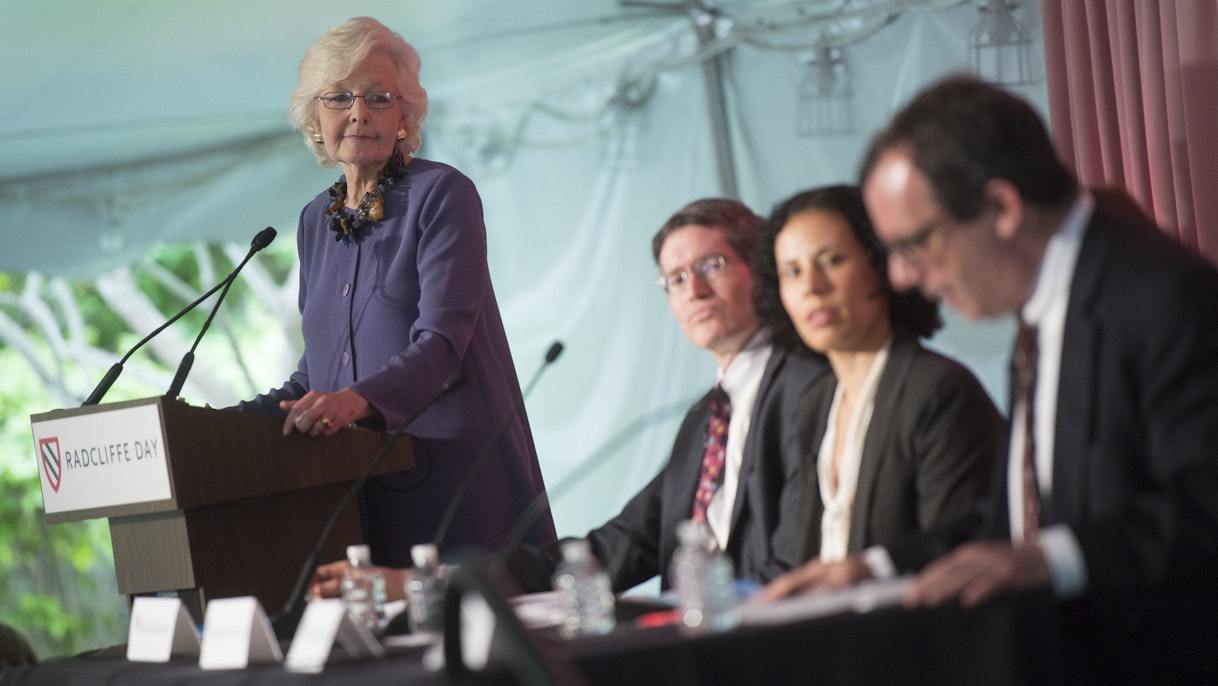
A Decade of Decisions and Dissents: The Roberts Court, from 2005 to Today

A Conversation with Ruth Bader Ginsburg
